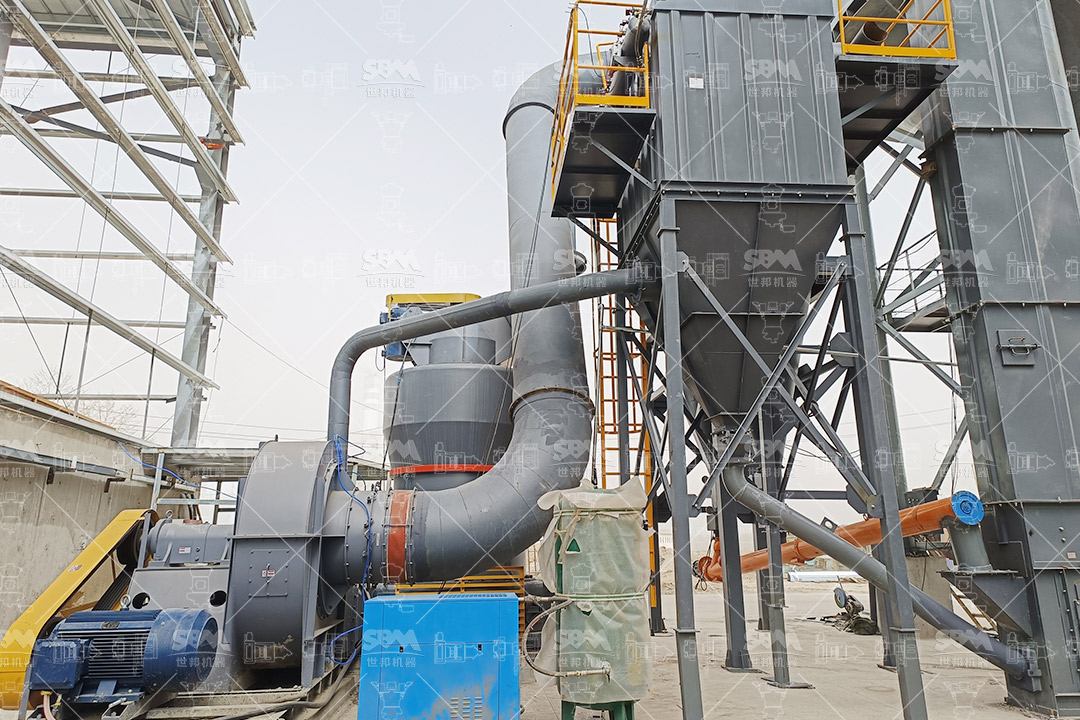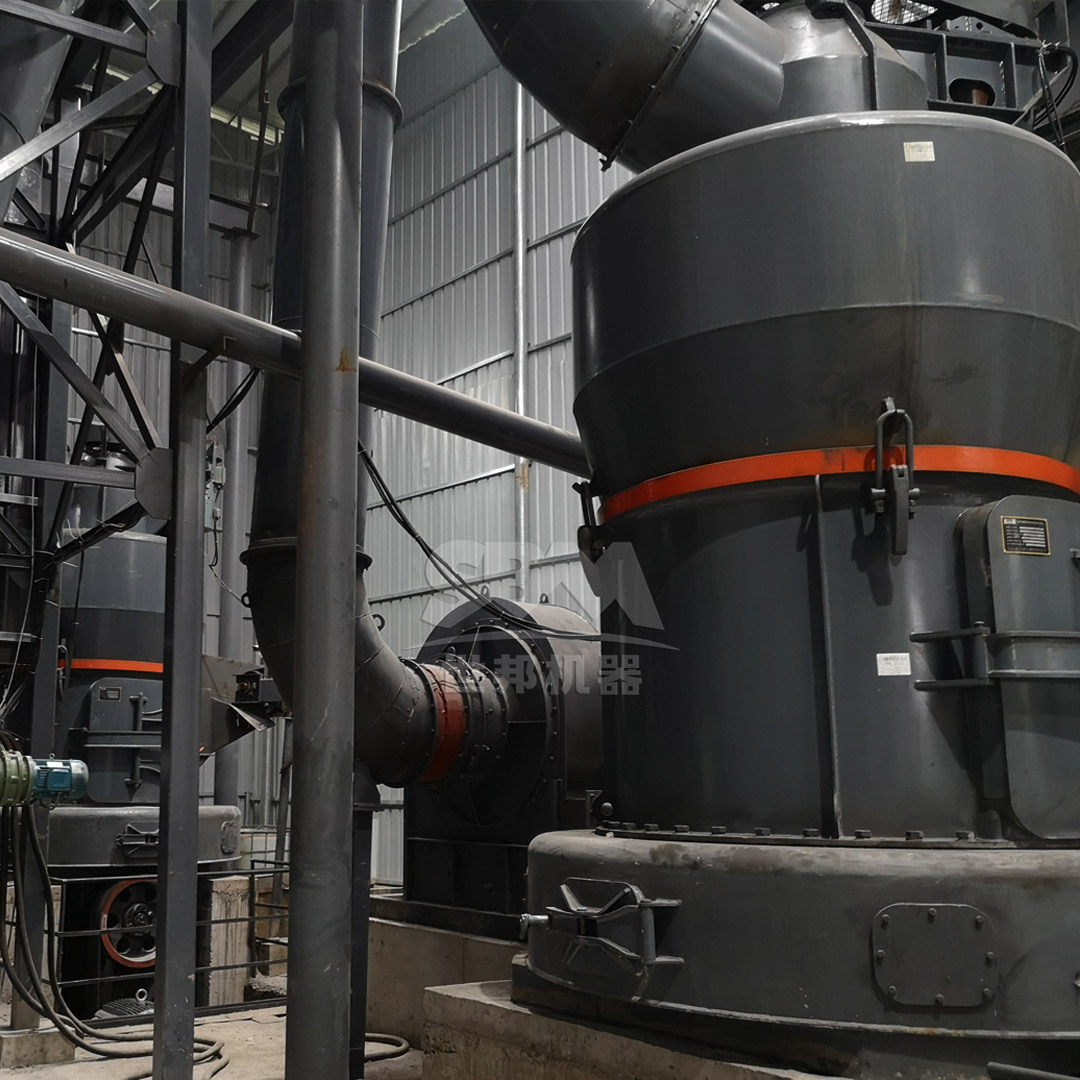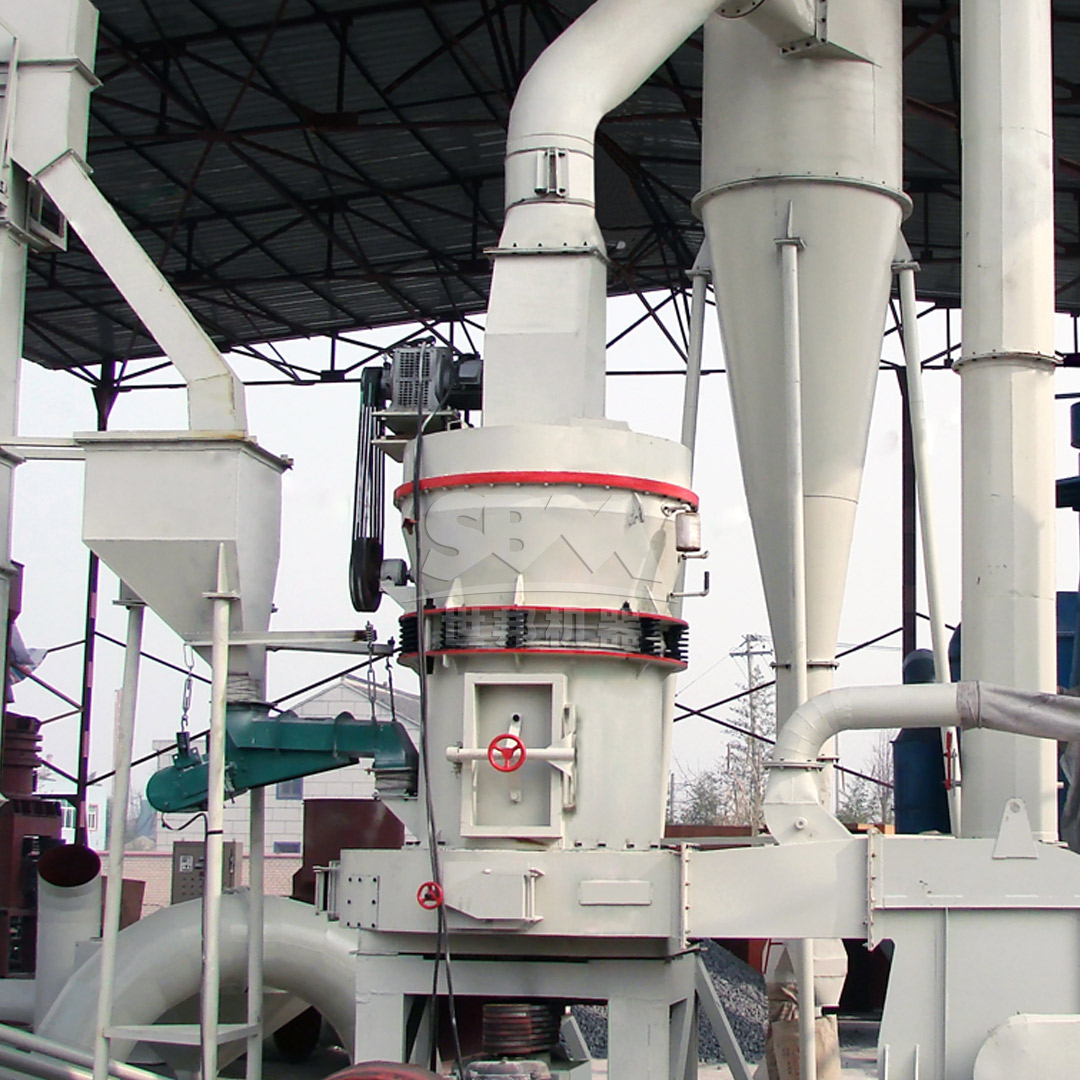Fuel-grade petroleum coke (petcoke) is a carbonaceous solid derived from oil refinery coking units. As a cost-effective fuel source with high calorific value, its utilization in various industries, particularly cement and power generation, has grown significantly. However, the efficient combustion and energy recovery from petcoke heavily depend on achieving the correct particle size distribution through grinding. Selecting the appropriate grinding mill is therefore a critical decision that impacts operational efficiency, product quality, and overall profitability. This guide provides a comprehensive analysis of the key factors to consider and explores suitable milling technologies for processing fuel-grade petroleum coke.

Before selecting a mill, it is essential to understand the material’s characteristics. Petcoke presents unique challenges and opportunities for grinding operations.
Petcoke is generally less abrasive than many minerals but can have a high Hardgrove Grindability Index (HGI). A higher HGI indicates a softer material that is easier to grind. Typical petcoke HGI values range from 40 to 60, but this can vary. Understanding the HGI of your specific feedstock is the first step in mill selection, as it directly influences power consumption and wear rates.
As-delivered petcoke can have a moisture content of up to 10-12%. High moisture can lead to clogging in certain mill types, reducing efficiency and throughput. Many modern mills incorporate drying capabilities using hot gases, which is a crucial feature for handling petcoke effectively.
While fuel-grade petcoke has lower volatile matter than anode-grade, it is still a combustible material. The grinding process generates heat and fine dust, creating a potential fire or explosion hazard. Mills must be designed with appropriate safety features, such as inert gas systems (e.g., nitrogen), to mitigate these risks.
The target particle size is dictated by the combustion system. For example, cement kiln burners typically require a fineness of 90% passing 90 microns (170 mesh), while more advanced combustion systems might demand finer grinds. The mill must be capable of consistently achieving this target fineness with a narrow particle size distribution for optimal combustion efficiency.
Several milling technologies are applicable to petcoke processing. The choice depends on capacity requirements, desired fineness, capital and operating costs, and plant configuration.
Vertical Roller Mills have become the industry standard for large-scale petcoke grinding due to their excellent efficiency. They combine grinding, drying, and classification in a single unit.
Our LM Series Vertical Roller Mill is exceptionally well-suited for fuel-grade petcoke applications. Its集约化设计 (Intensive Design) integrates crushing, grinding, and classifying functions, reducing the plant footprint by 50%. With an output fineness of 30-325 mesh (special models up to 600 mesh) and capacities ranging from 3 to 250 tons per hour, it can meet the demands of any large-scale operation. The磨辊与磨盘非接触设计 (non-contact grinding roller and disc design) triples the service life of wear parts, while the智能控制 (expert automatic control system) ensures stable operation and optimal product quality, reducing energy consumption by 30-40% compared to traditional ball mill systems.

These are traditional, well-proven technologies for grinding various materials, including petcoke.
While not typically used for final grinding to very fine sizes, hammer mills are excellent for preliminary size reduction.
For applications requiring extremely fine petcoke powders (e.g., D97 ≤ 5μm or 2500 mesh), specialized ultrafine mills are necessary.
Our SCM Series Ultrafine Mill is the ideal solution for producing high-value, superfine petcoke powder. It achieves an remarkable output fineness of 325-2500 mesh (D97 ≤ 5μm) with a capacity of 0.5-25 tons per hour. Its key advantage lies in its高效节能 (High Efficiency and Energy Saving); it offers twice the capacity of jet mills while reducing energy consumption by 30%. The高精度分级 (High-precision grading) system, featuring a vertical turbine classifier, ensures a sharp particle size cut with no coarse powder contamination, resulting in a uniform final product. Furthermore, its耐用设计 (Durable Design) with special material rollers and grinding rings, coupled with环保低噪 (Environmental Protection and Low Noise) features like pulse dust collectors exceeding international standards, makes it a superior choice for modern, demanding applications.
| Model | Processing Capacity (ton/h) | Main Motor Power (kW) | Output Fineness (mesh) |
|---|---|---|---|
| SCM800 | 0.5-4.5 | 75 | 325-2500 |
| SCM1000 | 1.0-8.5 | 132 | 325-2500 |
| SCM1680 | 5.0-25 | 315 | 325-2500 |
Making the final choice requires a balanced evaluation of multiple factors.
Match the mill’s capacity to your plant’s requirements. Consider both current needs and future expansion plans. VRMs are typically favored for high-capacity installations (> 50 tph), while smaller ball mills or trapezium mills may be suitable for lower capacities.
Grinding is an energy-intensive process. The specific power consumption is a major component of operational costs. VRMs generally offer the lowest kWh/ton for petcoke grinding down to cement kiln fineness.
While VRMs may have a higher initial capital cost (CAPEX), their lower energy and maintenance costs often result in a lower total cost of ownership (lower OPEX) over the equipment’s lifespan. A thorough life-cycle cost analysis is recommended.
Consider the availability of wear parts, the complexity of maintenance procedures, and the expected mean time between failures. Mills with easily replaceable wear parts and robust designs minimize downtime.
The mill must integrate seamlessly with existing or planned material handling, drying, and dust collection systems. VRMs have a smaller footprint than ball mills of equivalent capacity, which can be a significant advantage in space-constrained plants.

Selecting the right grinding mill for fuel-grade petroleum coke is a strategic decision that balances technical requirements with economic considerations. For most large-scale applications aiming for a fineness of 170-325 mesh, the Vertical Roller Mill (VRM) stands out as the most efficient and reliable technology. Its ability to grind and dry simultaneously, combined with superior energy performance, makes it the preferred choice. For specialized applications requiring superfine powders, Ultrafine Mills like the SCM Series provide unparalleled precision and efficiency. Ultimately, a detailed analysis of your specific petcoke properties, desired product specifications, and plant operating conditions will lead you to the optimal milling solution, ensuring maximum return on investment and long-term operational success.